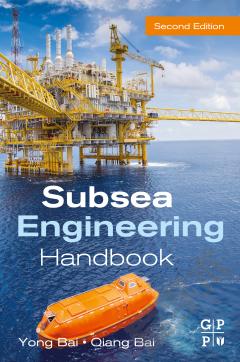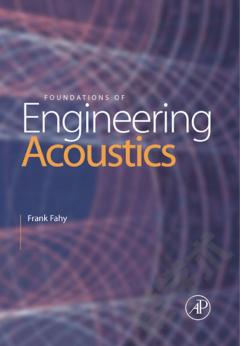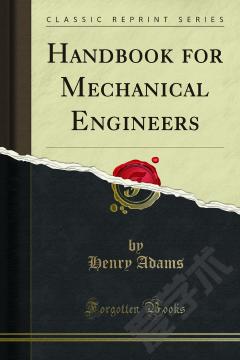Inverse Engineering Handbook
SEQUENTIAL METHODS IN PARAMETER ESTIMATION James V. Beck, Professor Emeritus, Michigan State University, USA Abstract Introduction Parameter vs. Function Estimation Common Research Paradigms in Heat Transfer Sequential Estimation over Experiments for Linear Problems Ill-Posed Problems: Tikhonov Regularization Matrix Form of Taylor Series Expansion Gauss Method of Minimization for Nonlinear Estimation Problems Confidence Regions Optimal Experiments Summary References SEQUENTIAL FUNCTION SPECIFICATION METHOD USING FUTURE TIMES FOR FUNCTION ESTIMATION Keith A. Woodbury, The University of Alabama, USA Abstract Nomenclature Introduction Linear Problems Nonlinear Problems Summary References THE ADJOINT METHOD TO COMPUTE THE NUMERICAL SOLUTIONS OF INVERSE PROBLEMS Yvon Jarny, Ecole Polytechnique de L'Universite de Nantes, France Introduction Modelling Equations Least Squares and Gradient Algorithms Lagrange Multipliers The Adjoint Method The Adjoint Method to Minimize the LS-Criterion with Algebraic Modelling Equations The Adjoint Method to Minimize the LS-Criterion with Integral Modelling Equation Adjoint Method to Minimize LS-Criteria with Ordinary Differential Equations as Constraints Adjoint Method to Minimize LS-Criteria with Partial Differential Equations as Constraints Conclusion and Summary References MOLLIFICATION AND SPACE MARCHING Diego A. Murio, University of Cincinnati, USA Mollification In R1 Data Smoothing Identification of Parameters in 1-D IHCP Discrete Mollification in R2 References INVERSE HEAT CONDUCTION USING MONTE CARLO METHOD A. Haji-Sheikh, University of Texas at Arlington, USA Introduction Introduction to Monte Carlo Method Random Walks in Direct Monte Carlo Simulation Monte Carlo Method for Inverse Heat Conduction Conclusion Nomenclature References CORRELATED DATA AND STOCHASTIC PROCESSES Ashley Emery, University of Washington, USA Introduction Correlation and Its Effect on Precision Least Squares Estimation and Linearization Determination of Ergodic and Stationary Processes Uncertain Parameters Bayesian Probabilities, Prior Information, and Uncertain Parameters Conclusions OPTIMAL EXPERIMENT DESIGN Aleksey V. Nenarokomov, Moscow State Aviation Institute, Russia Introduction Brief Historical Analysis of Background and Survey Experiment Design Problem Statement Iterative Method of Optimal Design of Thermosensors Installation and Time of Signals Readings Experiment Design for Lumped Parameter Systems Conclusions References BOUNDARY ELEMENT TECHNIQUES FOR INVERSE PROBLEMS Thomas J. Martin, Pratt & Whitney Engine Company and George S. Dulikravich, University of Texas at Arlington, USA Introduction Inverse Heat Conduction Ill-Posed Boundary Conditions in Fluid Flow Ill-Posed Surface Tractions and Deformations in Elastostatics Inverse Detection of Sources Transient Problems References
{{comment.content}}








 京公网安备 11010802027623号
京公网安备 11010802027623号